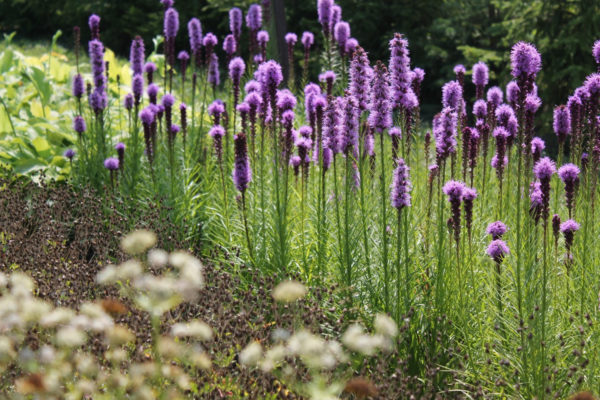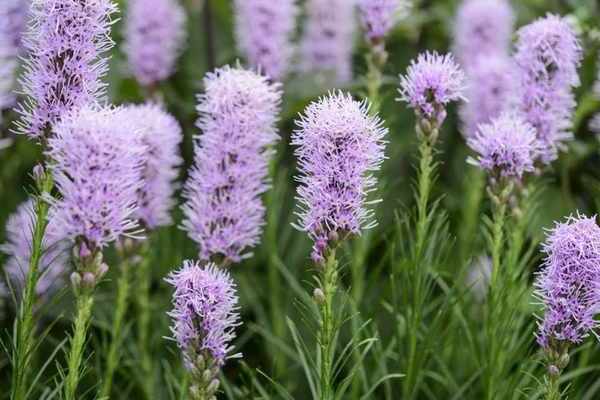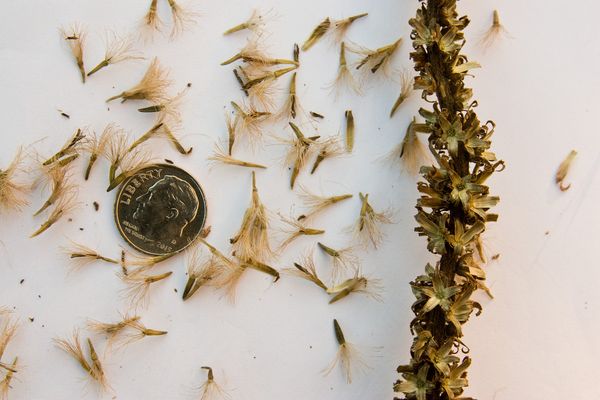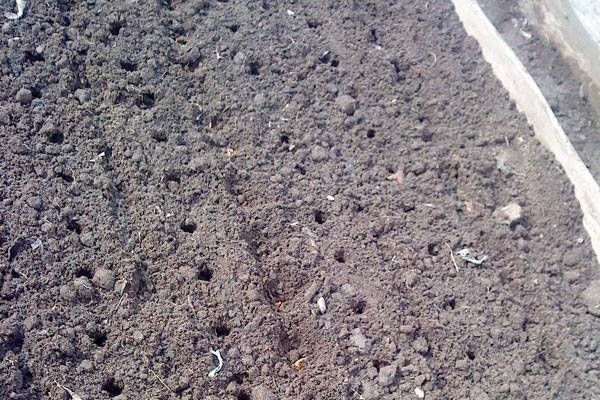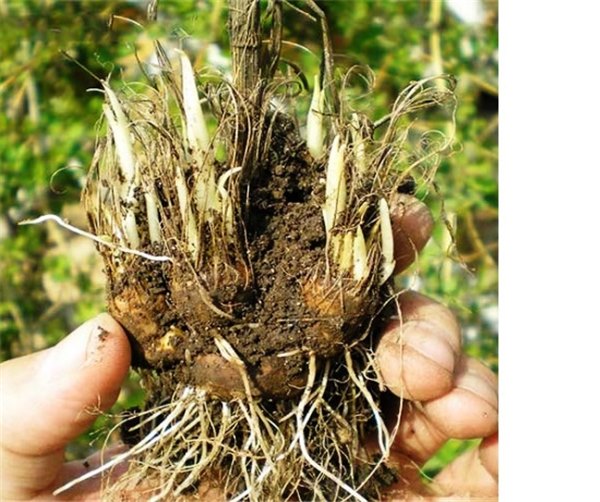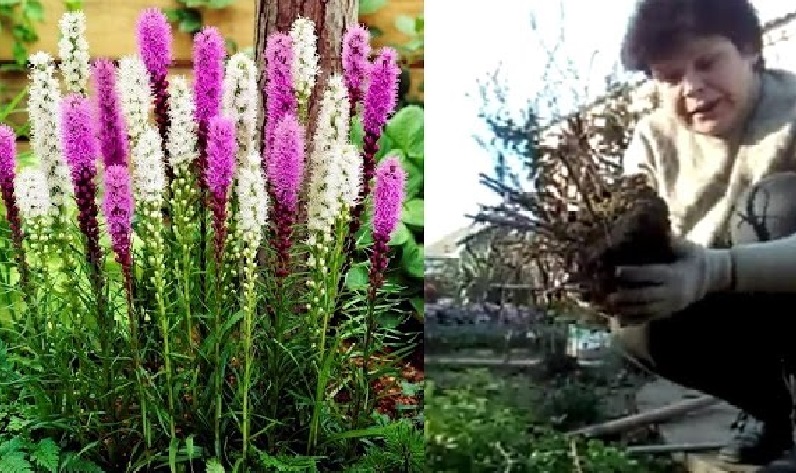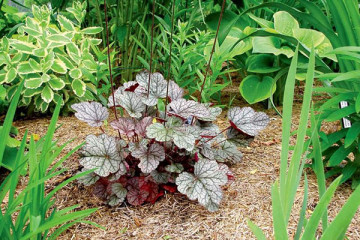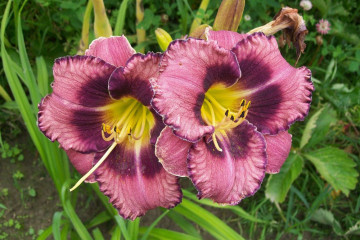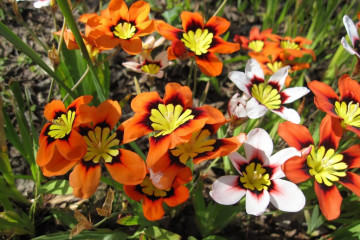Liatris - planting and care in the open field
Content:
- Description of Liatris: varieties and varieties
- Planting site, soil
- Watering and loosening the soil
- Reproduction methods
- Top dressing and transplanting
- Pruning Liatris
- Pests and diseases
- How to prepare for wintering
- Flowering period and care after
- Use in landscape design
- Growing in regions with difficult climates
Liatris is a perennial flower that belongs to the Asteraceae or Asteraceae family. Under natural conditions, it grows in Mexico, North America, the Bahamas. There are about 20 subspecies of the plant.
Description of Liatris: varieties and varieties
Liatris perennial flower came to gardens in the 18th century. Its leaves are collected in a rosette, from which hard shoots come out with inflorescences growing from 0.6 to 1 m. The foliage of a culture with a dark green color, dense. The individual leaves are narrow. He does not belong to the evergreen subspecies, which does not prevent him from being popular with gardeners. Flowers are collected in spikelets, 15 to 30 cm long.
There are several common subspecies of culture.
Liatris spikelet
Decorates flower beds with its flowers during June-July. Their color depends on the variety and is pinkish, white, purple, lilac, lilac, azure shades. The peduncle resembles a tube, along its entire length it is covered with small flowers. Stems grow up to 80 cm, completely covered with foliage. Paniculate inflorescences of liatris spikelet reach 25 cm in length.
The known subspecies of the spiky variety, developed on the basis of the Liatris Spicata variety, include:
- Floristan Violett - with petals painted in a different shade of blue-lilac;
- Florian Weiss - the stems of the culture reach 90 cm, large inflorescences resemble snow-white candles;
- Liatris Kobold (kobold or cobalt) - has flowers of a lilac-pinkish color, located on stems with a length of 40 cm.
Liatris scarlet
It has large and wide leaves, pedicels are fluffy and whitish. Inflorescences in appearance resemble balls, consisting of minimal flowers of lilac and pink tones. Filmy varieties are preferred to be used in landscape design, when creating alpine slides or single flower beds.
Popular varieties of Liatrice scarious are presented:
- September Glory - growing up to 1 m, with large pinkish flowers;
- Liatris Alba (alba) - the variety is determined by the large mother-of-pearl petals and unobtrusive aroma.
Liatris grungy
It belongs to the tallest, in nature there are options up to 2 m high. The culture has strong shoots and foliage with a green tone. Small purple flowers are located on long pedicels. Representatives of the species include Wyat Spire, which has snow-white buds. Of particular interest is the purple variety Picador. Its distinctive feature is considered to be high and bright inflorescences and a love of moderate watering, easy reproduction.
Planting site, soil
Planting and caring for a lyatrix begins with the selection of a suitable site. He prefers fertile soils with easy permeability and slightly acidic reaction, in the range of 6-6.5 units. The culture loves sunny places where the rays hit the shrubs for 6 or more hours.
The long-lived variety does not tolerate boggy and heavy soils - in such places it is threatened by the spread of tuber rot. When planted in flower containers, the substrate is made from peat, clay and perlite (sand).
Sowing Liatris seeds in open ground
Seed material is sown in late autumn or early spring - they are not affected by frost. Before carrying out work, they are soaked for 8 hours in a solution of humate. The landing site is pre-dug up, humus is added to it at the rate of 1 bucket per m2. In the soil, grooves are made up to 1.5 cm deep, after planting the seeds, they must be sprinkled. With the seed method of propagation, the culture will receive full growth no earlier than 2-3 years after planting.
Planting Liatris in open ground
The culture can be grown in seedlings, young growth is planted in the ground 50-60 days old. Seed material is pre-hardened, processed and sown in containers with disinfected soil.
Sowing work is carried out in January or March, when planting, the seeds are buried by 1 cm. The containers are covered with glass or plastic wrap and sent to a warm room with a temperature regime of 22-25 ℃ above zero.
After the formation of the first two leaves, the young are seated in separate pots, a month later they are sent to a container of a larger volume. Landing under the open sky is carried out after the end of the threat of the return of night frosts. During planting procedures, a distance of 20 to 25 cm is observed between the bushes.
Watering and loosening the soil
The culture will easily survive a slight drought, but it belongs to the moisture lovers. Overflows are dangerous by the development of rot on the root system. The amount of water when the soil is moistened depends on the size of the crop - one bush has up to a bucket of water. The liquid is poured until it is absorbed into the soil.
Hilling and loosening of the earth is periodically carried out, with the addition of a small amount of soil. Due to the close location of the root system, it can regularly strip, especially after prolonged rains.
Reproduction methods
There are several ways to get juveniles.
Tuberous
The material is bought in a flower shop or harvested on their own in the fall. For the procedure, bushes of 2-3 years old, with a size of 2 cm or more, are suitable. Small indentations are made in the bulbs - shoots will go from them. Landing is carried out in the spring or in September-October, before the onset of cold weather.
If desired, nodules can be germinated in advance. In containers, they are seated at a distance of 15 cm in a soil mixture, which includes peat, river sand and humus. Bushes need to provide good drainage. The containers are sent to a cool and dark room before the first shoots appear. After the appearance of young growth, it is planted under the open sky.
Dividing the bush
The shrub is completely dug up, shaken off the adhering earth and cut with a shovel. The root is divided into 2-3 parts, preferably uniform. The separated pieces are planted in a previously prepared soil, fertilized with organic matter to a depth similar to the old bush. Flowering should be expected in the same or next season, depending on the chosen dividing time.
Top dressing and transplanting
Liatris planting and care in the open field implies the application of fertilizers. Top dressing is carried out three times per season using potassium phosphate solutions. When changing the standard shade of foliage to a pale shade, it is necessary to apply nitrogen fertilizer. The culture does not need other useful substances.
Transplant work is carried out in conjunction with the division of an adult shrub into parts every 3 or 4 years. If you ignore this requirement, then the bushes will begin to grow smaller over time and will disappear in a few years. The transplant is carried out according to the algorithm:
- an adult is carefully removed from the ground and the root system is cleaned of it;
- divide it into parts with a sharp knife - on each site there should be a root neck with roots;
- the young are planted in pre-prepared holes, to a depth of 10 cm, observing a distance of 25-35 cm;
- the pits are filled with humus and soil by a third, tamped;
- watering and mulching.
Pruning Liatris
Some varieties of culture can grow up to 1 m, which requires mandatory tying. Strong sticks are driven in next to the bush and a dense rope or wire is pulled. Shoots are tied to the resulting structure. If the procedure is not carried out, then under adverse weather conditions or under the weight of its own mass, the shoots may break, and the bush may die.
Pruning is recommended after the end of flowering of individual inflorescences. This approach will improve the appearance of the entire bush, helping the foliage to acquire a brighter color. After the growing season is over, many gardeners choose to do a complete crop pruning.
Pests and diseases
Diseases practically do not affect the shrub, the main problems are:
- root rot - which occurs when planting a crop in places with heavy, poorly ventilated soil, located in the shade;
- powdery mildew - the disease affects foliage in constantly rainy weather.
Fungal infections are more likely to occur on weakened or old bushes. Compliance with agrotechnical rules and timely division of adults is the best prevention of various diseases.
Dangerous crop pests include:
- Vole mice that like the sweet taste of tubers. Professionals prefer to plant bushes in special baskets, previously buried in the soil.
- Medvedok is a soil insect parasite that loves to gnaw at the root system of a culture.
- Slugs - their appearance is often associated with rains and bad weather.
How to prepare for wintering
At the end of the growing season, all shrubs are cut to the root. They survive the cold months easily and do not require specialized shelter. The rest is covered with dry foliage or humus, laid out in a layer up to 15 cm.
Flowering period and care after
During the formation of buds, the culture releases arrows with inflorescences. Liatris flowers begin to bloom from the bottom to the top. The average length of each peduncle is 40-50 cm. Externally, they resemble spikelets, consisting of several levels of flower groups.
The flowering season lasts about 30 days, in some subspecies - up to 1.5-2 months. The time depends on the place of planting of the shrub, but most often the appearance of buds occurs in June or July. At the end of the season, bolls are formed with seed material covered with a small pile.
After flowering and foliage fall, the ground part is cut off, the surface is mulched with spruce branches, peat or compost. In the absence of harsh winters, shelter is necessary.
Use in landscape design
White and other subspecies of lyatrix are popular with landscape designers. Shrubs are widely used for decoration:
- flower beds;
- flower garden;
- alpine slide;
- border design.
The crop can be planted as a single plant or mixed with other similar species. The variety can be combined with unpretentious wildflowers, planted in a composition. This approach reduces the time and effort spent on caring for the flower garden, and gives the backyard an unusual appearance.
When forming a flower bed, do not forget about the combination of shades. Most varieties of Liatris are colored in snow-white, purple and other tones; yellow or red subspecies can be added to them.
Growing in regions with difficult climates
Liatris can grow in Siberia, the Urals and the Far East. Florists recommend planting special frost-resistant varieties in cold regions: Albu or Burning Star. The only peculiarity of the cultivation is the short flowering time and the absence of ripening of the seed material.
Particular attention is paid to the pre-winter preparation of the shrub: with the arrival of September, it is fed with potassium-phosphorus fertilizer, and closer to winter, high hilling of the remains is carried out. Before the very frosts, the culture is covered with dry foliage and special agrofibre.
Liatris is deservedly loved by professional florists and landscape specialists.
Long-term and abundant flowering allows them to decorate their personal plots, to create non-standard compositional solutions.
Compliance with the rules of maintenance will allow you to avoid most diseases, prevent the destruction of shrubs by mice and bears. The right approach will make your home plot attractive and unique.
